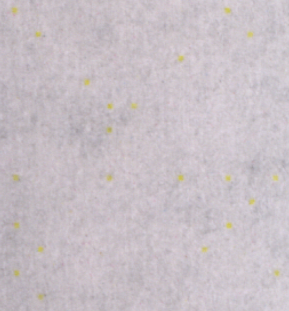We've known for years that color laser printers can embed a series of tiny yellow dots on pages they print. The dots—almost invisible under normal circumstances—can be used to determine which particular printer produced the image. Essentially, each printer outputs its own serial number. This is great for busting counterfeiters but raises all sorts of privacy concerns. Now, MIT students are getting involved in the campaign against the dots with the new Seeing Yellow project.
Seeing Yellow is the brainchild of MIT's Computing Culture research group, which "want to preserve the right to anonymous communication by fighting both printing dots and the government bullying used to sustain them." The project was conceived after the team received word that an anonymous hacker had called his printer manufacturer to complain and was subsequently visited by the Secret Service, who were curious to know why someone with nothing to hide would want to disable the tracking dots.

The dots (image courtesy of Seeing Yellow)
Seeing Yellow now encourages waves of people to contact printer manufacturers, enough so that the Secret Service and other government agencies cannot simply single out those who call to complain. The project is simple: suggest that people call manufacturers, then provide contact information and talking points. That's it. So far, according to the site, 434 people have called.
Not sure if your printer is on the list? The EFF has a partial list of dot-printing machines. The dots are nearly invisible to the naked eye, but Seeing Yellow points out that the easiest way to see them is to shine a blue light on one of the printed pages. If the dots are there, they will show up as tiny black marks.
reader comments